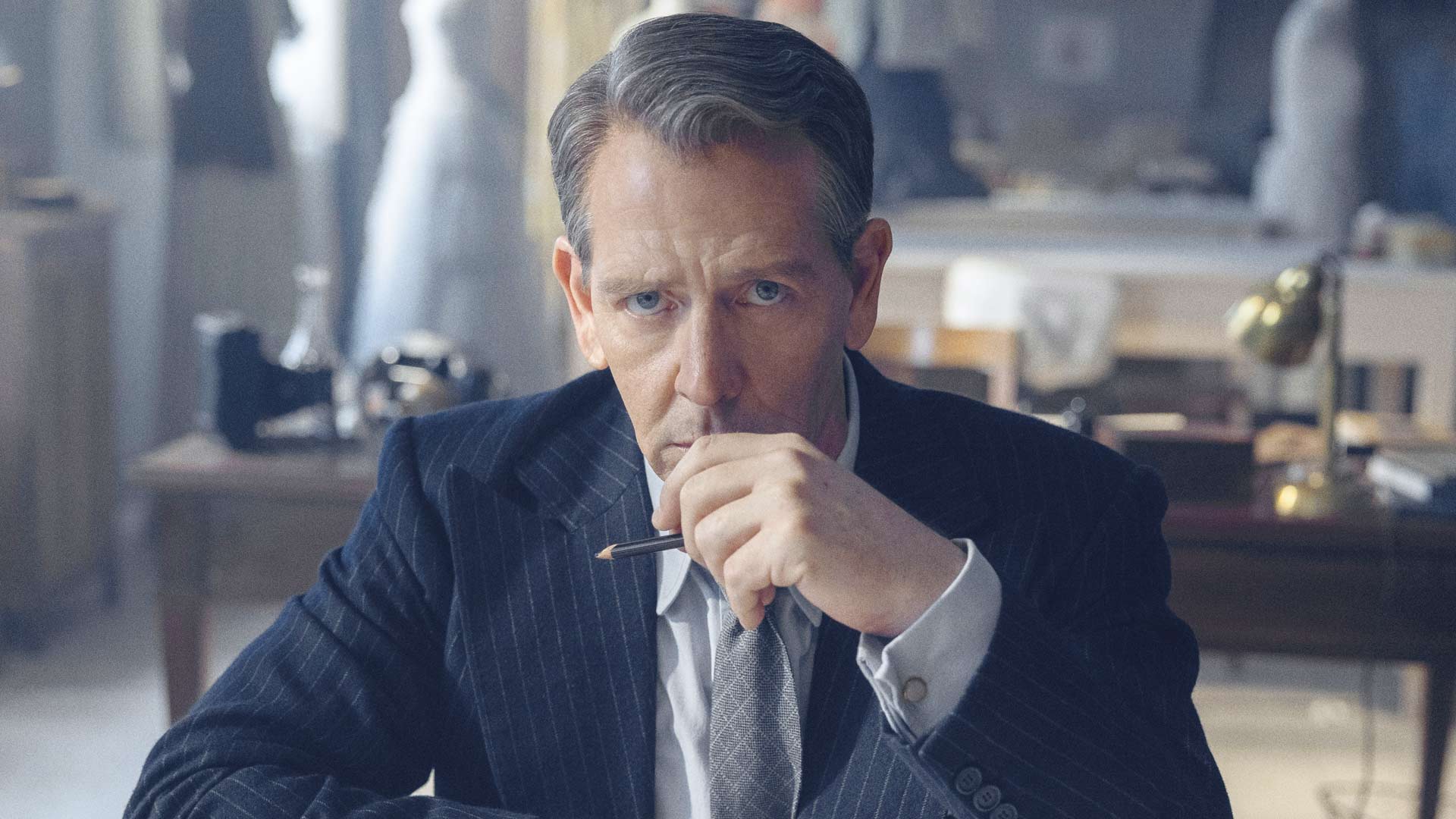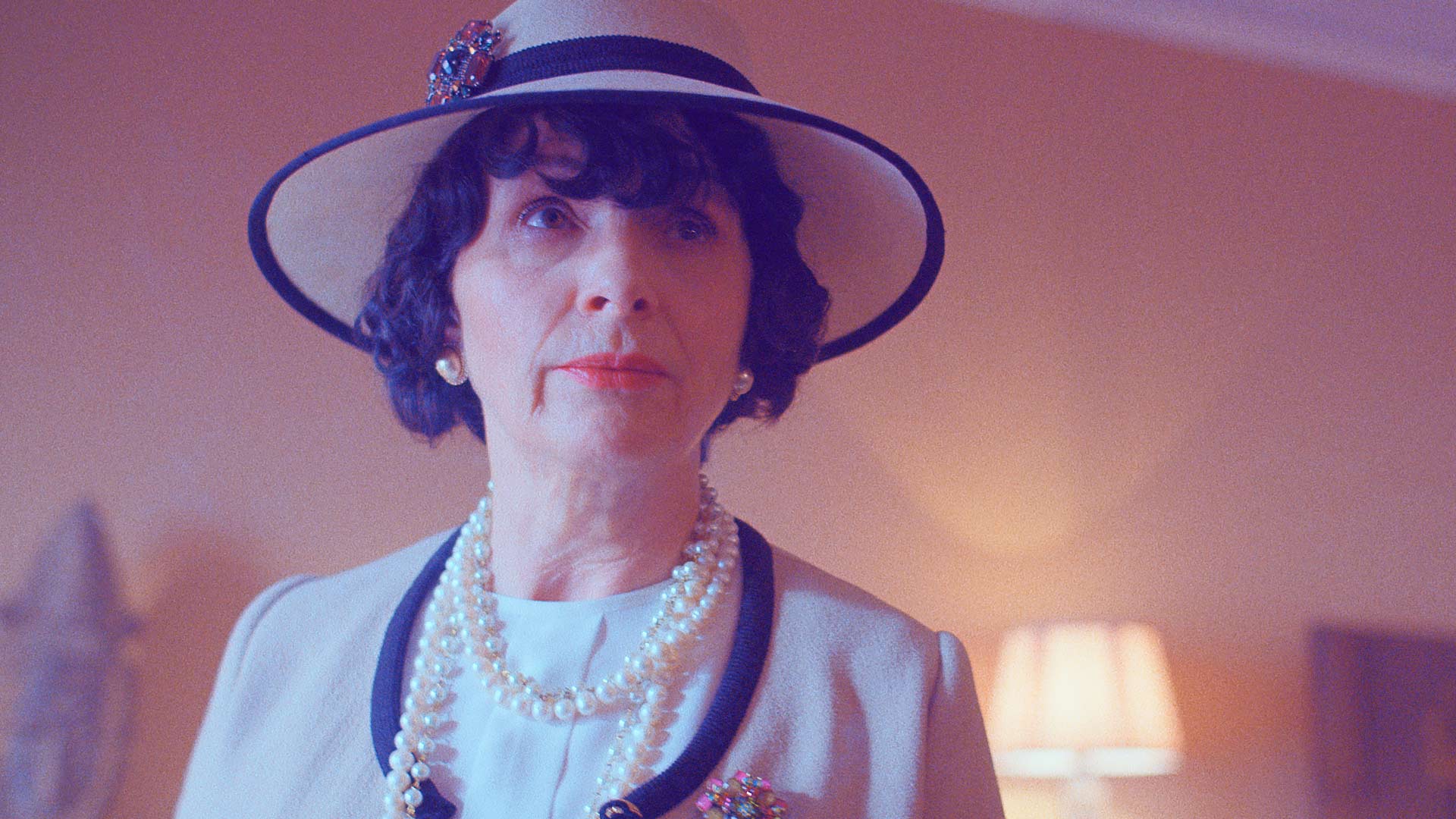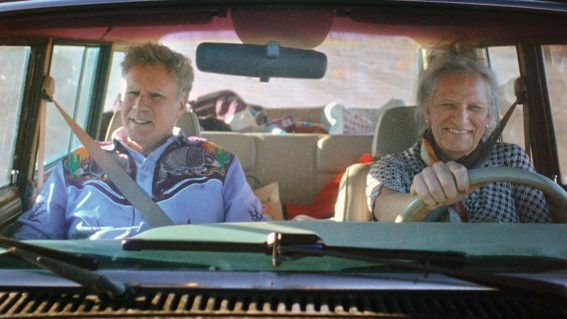It’s Dior versus Chanel in the suitably stylish The New Look
This polished series about legendary fashion designers has fine performances and a long and curly narrative.

War and high-end fashion collide in The New Look, a stylish if stiff-limbed series featuring fine performances from Ben Mendelsohn and Juliette Binoche, writes Luke Buckmaster.
AppleTV+’s latest drama series might as well have been called Dior and Chanel, presenting a roughly even split between two iconic legends of haute couture: Ben Mendelsohn’s Christian Dior and Juliette Binoche’s Coco Chanel. Creator, co-director and co-writer Todd A. Kessler fold their stories together, the fires of World War II fanning in the background, each fashion designer assigned plot threads that make war politicking personal.
We see them pulling strings and playing their hands, attempting to maneuveur through fraught systems while unable—by virtue of their celebrity—to hide in the shadows. But the far-reaching-ness of war stifles their dramatic agency. Their presence in the narrative (which was inspired by real events) feels more like a historical accident than an example of heroism in waiting, despite a sensational opening text insert announcing this as “the story of how creation helped return spirit and life to the world.”
Chanel’s plotline reaches all the way to the top, when she’s asked to appeal on behalf of the Nazi’s to her pal, Winston Churchill, for peace. Dior’s is more street-level, involving the plight of his sister Cathrine (Maisie Williams, from Game of Thrones), who’s part of a resistance against the Nazis. The lead performances are strikingly contrasted: Mendo is subdued, sporting a worried, hangdog countenance, while Binoche is cocky, snobby, sassy, hard-nosed. When Chanel exclaims—a glass of champagne in hand, during a rooftop gathering full of well-to-do revelers—that “the rich and sexy always come out on top!”, you know she means it.
Come to think of it, maybe they could’ve called this series Dior v Chanel (like Ford v Ferrari, but with fancier frocks) even if the competitive animosity feels a mite one-sided. The New Look begins in Paris circa 1955, with Chanel holding a press conference to spruik her first collection since the beginning of the war. Other designers have always bored her, she carps, before taking swings at Dior, describing him as a phoney who hides from the world and is “constantly miserable, because he knows he doesn’t deserve his praise.” Dior’s fans think otherwise, flocking to see him at a public event that he delays and frets about.

Kessler serves up an early entrée of fashion porn, rolling out images of women in elaborate dresses of varying sizes, textures and colours, shot in ways that prioritize the beauty of the garment rather than the person. Beyond that, for a long time, there’s little in the way of lavish garbs and dressmaking, the show ambling through a war-set introductory act that lasts for the first three episodes. Presumably it’s a bigger focus in the series’ second half. Like many AppleTV+ shows (i.e. The Changeling, Constellation, For All Mankind, Masters of the Air, and Monarch: Legacy of Monsters) the narrative has a long arc and a curling, drifting quality; by the end of the first hour it feels like it’s barely getting started.
The New Look is a little jumpy, structurally and aesthetically—particularly in the first couple of episodes. Past that, I wasn’t sure if the tempo was stabilizing or if I was growing accustomed to its rhythms (perhaps both). That jumpiness is signposted in the opening credits sequence: a striking montage—accompanied by jabbing violin strings—of dressmaking and wartime imagery intercut with vision of flowers blooming, signifying rebirth. Jaime Reynoso and Michal Sobocinski’s cinematography is partial to off-center framing, and varnished with a stylishly pale Instagrammy hue.
A riper look might’ve been more engaging: this scaled-back colour scheme felt, to me, a little distancing and self-conscious, speaking to the overall tone of the show—which is a bit stiff-limbed, a bit postured. Could this to some degree be on purpose, intended to reflect the tone and temperament of the fashion world? The New Look is stylish, well-manicured and generally well-made, if a little lacking in spark and zhuzh.























